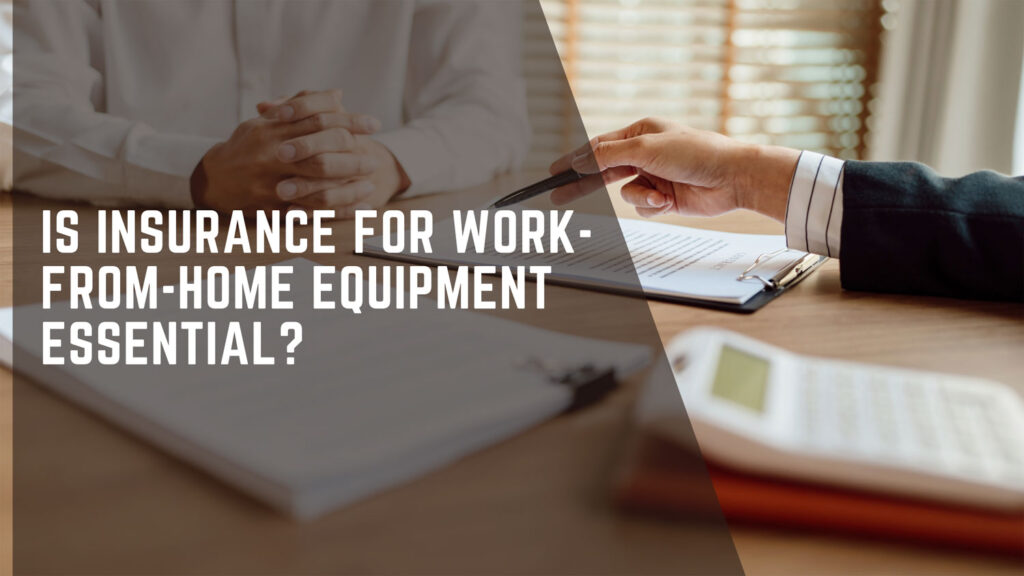Introduction
Buying your very first home is exciting; it can also be scary, especially when you try to make sense of the mortgage process. The complex financing involved in home purchase makes it hard for first-time homebuyers to find their way through it. This guide will take you through each step of the mortgage process, including helpful tips and strategies, as you confidently work toward securing a mortgage and your dream home.
How the Mortgage Process Works
Assess Your Finances
The first step before plunging into the mortgage process is to assess your financial health. Estimate how much you can afford through your income, expense, debt, and savings. Take a look at key factors such as:
- Down Payment: How much have you saved for a down payment? It’s usually between 3% and 20% of the purchase price of the home.
- Credit Rating: Credit rating is an important determinant of the mortgage qualified and the interest rate that you will be able to get.
- Job Security: Stable work increases your appeal to mortgage approval.
- Long-term Plans: Consider other possible significant goals, such as rearing children, continuing education, retirement, and work out how much you can afford to borrow.
Types of Mortgages
There are several types of mortgage options made available to a first-time homebuyer; each has its various different eligibility requirements and benefits associated with it.
- Conventional Loans: These normally require higher credit scores apart from higher down payments, but on the other hand, have low interest rates.
- FHA Loans: These are loans insured by the Federal Housing Administration. In this type, the down payment is low, and buyers having poor credit score records find them ideal.
- VA Loans: These loans are available to qualified veterans and active-duty military personnel and may not require down payments, as well as offering competitive interest rates.
- USDA Loans: For buyers of homes in rural areas only, this loan offers zero down payment for qualified properties.
Lastly, find the mortgage product most suitable for your financial situation by comparing the products in interest rate, loan terms, and requirements for qualification.
Preparing for Mortgage Pre-Approval
Gather Necessary Documents
A seamless pre-approval process begins by gathering all your documents upfront. Typical documents include:
- Recent Pay Stubs: Evidence of income from your employer.
- Tax Returns and W-2s: Evidence of income for the last two years.
- Bank Statements: Evidence of savings, investment, and other assets.
- Identification: Legitimization through a valid ID to confirm one’s identity.
Having these documents ready will speed up and give ease to the pre-approval process.
Check and Improve Your Credit Score
Your credit score, in large part, will determine your mortgage options. Here’s how to prepare:
- Get your credit report from the three big credit reporting bureaus and search for errors or inaccuracies.
- Pay down debt. The less debt you have, the better your debt-to-income ratio is, making you, in essence, look like a better borrower.
- Avoid New Credit Applications: Avoid opening new lines of credit until your mortgage is secured. Inquiries lower your credit rating.
The Mortgage Application Process
Get Pre-Approved
Pre-approval is an essential step to let the sellers know that you are a serious buyer. It gives you an accurate estimate of how much one can borrow. In order to get this, one has to provide the necessary documents to the lenders, and after reviewing your financial data, they will grant a pre-approval letter. It states the amount for which you qualify and helps you to make more competitive offers while house hunting.
Choose the Right Lender
The right lender is as important as the right house. When researching possible lenders, consider these factors:
- Reputation: Take a sneak peek at customer reviews to understand other buyers’ experiences.
- Interest Rates: Compare rates among different lenders for the best deal.
- Closing Costs: Keep in mind appraisal fees, title insurance, and other major closing costs.
- Communication: Find a lender with whom you’ll feel comfortable asking questions throughout the process-and who will answer in due time.
How to Buy a House
Step 1: House Hunting
Once you have secured a pre-approval letter, you are ready to begin house hunting. Align yourself with a real estate agent who listens to what you want and need in a home, and who understands your budget. Go on open houses and schedule private viewings, inspecting the inside and outside of potential homes for any signs of wear and tear.
Make an Offer
Once you have chosen the right home, it will be time to make an offer. Make sure your agent crafts a competitive offer that includes some important features, such as:
- Offer Price: How much are you ready and willing to pay for this particular house?
- Contingencies: Things that need to happen before you actually close on the property, including an acceptable inspection report or appraisal.
- Closing Costs: Name who pays closing costs or, alternatively, propose shared costs.
- Timeline: Provide an approximate closing date and move-in date.
Close Property
Lock in Your Mortgage Rate
When your offer is accepted, you will begin focusing on finalizing your mortgage. You will want to lock in your interest rate. This will help prevent increases in the rate. If the lender needs more documentation-such as updated financial statements or proof of homeowners insurance-schedule it immediately.
How You Close
The closing process will involve the signing of all the documents, payment of the closing costs, and the legal transfer of ownership of the home. Before closing day:
- Read Closing Documents: You will want to read over all the documents carefully in order to ensure that they are accurate and that you understand what you are reading.
- Final Walk-through: You will do a final walk-through to confirm the condition of the property is as you have agreed upon.
- Bring Funds: You will need to bring a cashier’s check or a wire transfer in the amount of closing costs plus the down payment.
Once all documents are signed and the money is transferred, you get keys to your new home, and you will officially become a homeowner!
Conclusion: Become a Homeowner with Confidence
The mortgage process may look daunting for first-time homebuyers, but with careful preparation and guidance, it can be quite rewarding. Knowledge of the process, mortgage possibilities, pre-approval, choosing the proper lender, and learning about the steps involved in buying a home will better prepare you to obtain a mortgage and buy the house of your dreams. Be prepared to ask about the process and seek wisdom from real estate agents, financial advisors, and trusted mentors who will further help along the experience. Enjoy the process of obtaining your dream home and the brilliant future ahead!


